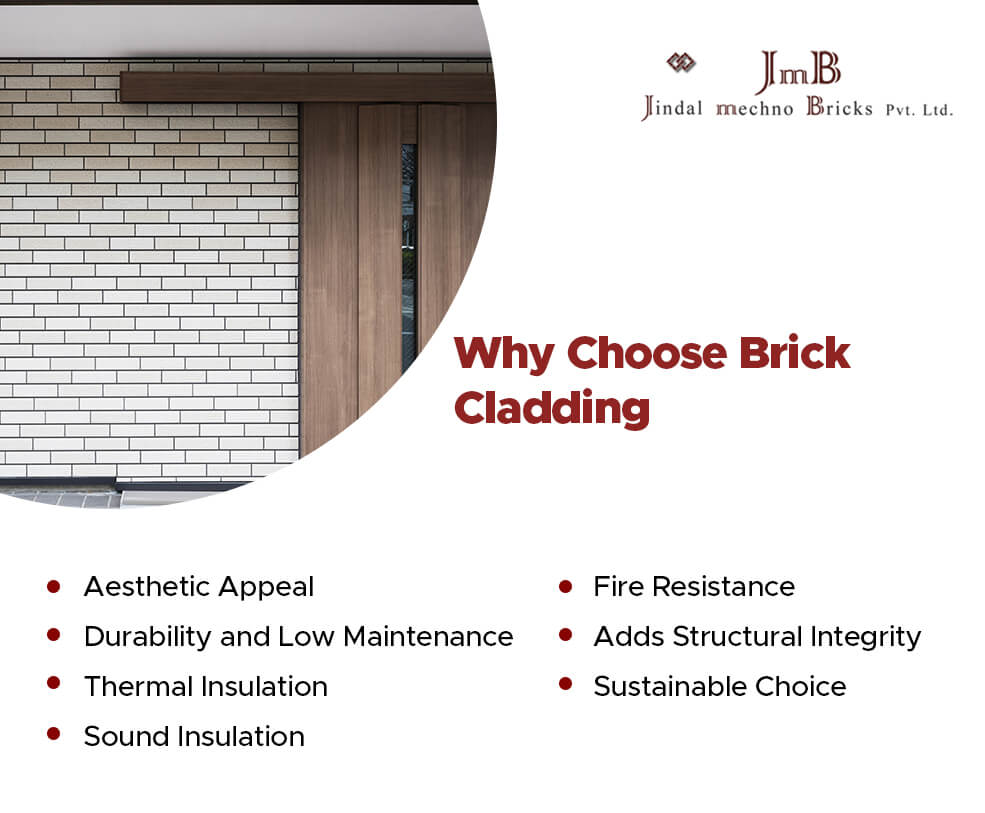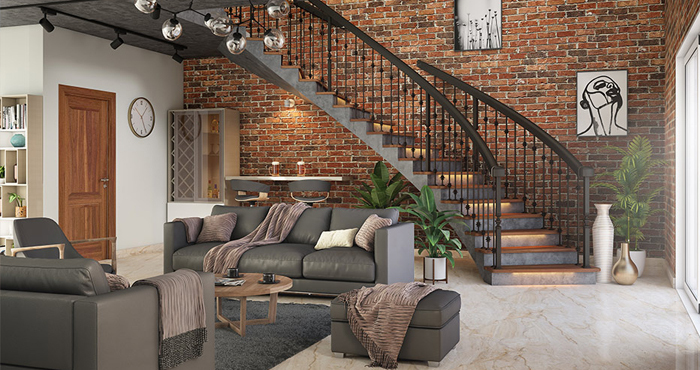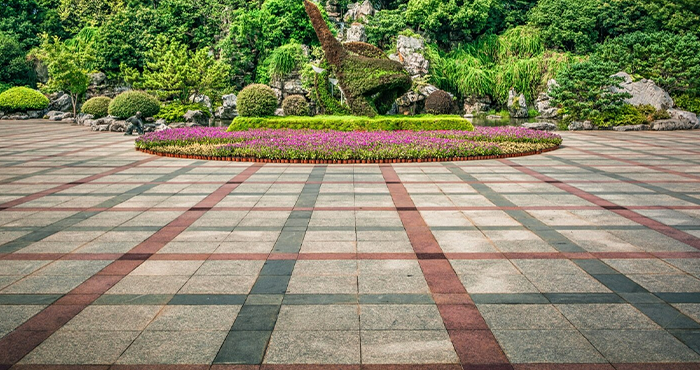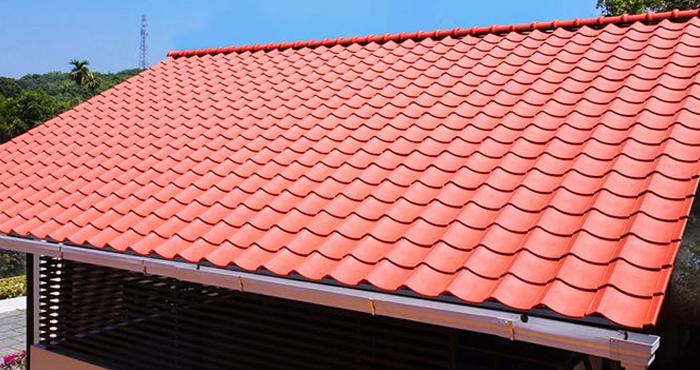Brick cladding is a modern adaptation of traditional brickwork, designed to give buildings a robust brick appearance without the structural constraints of actual brick construction. This innovative method involves covering exterior or interior walls with brick to enhance aesthetic appeal and protect against environmental elements. In this blog, we will explore the different types of brick cladding available, features of brick cladding, their applications across various settings, and highlight why Jindal Mechno Bricks is your ideal source for superior quality brick cladding solutions.

Why Choose Brick Cladding
There are advantages of using brick cladding that make it a preferred choice for both residential and commercial projects. Here are some key reasons to choose brick cladding for your next project:
Aesthetic Appeal
Brick cladding provides a classic look that never goes out of style. It offers various color and texture options that can complement any architectural design, making it versatile for both exterior and interior applications. Whether you’re aiming for a rustic, traditional, or contemporary look, brick cladding can be tailored to meet your aesthetic demands.
Durability and Low Maintenance
Bricks are known for their durability. Brick cladding adds a protective layer to buildings, safeguarding them against harsh weather conditions. Unlike other materials that might need regular painting or treatments, brick cladding retains its appearance over time with minimal maintenance. This resilience makes it an economical choice in the long run.
Thermal Insulation
One of the functional benefits of brick cladding is its ability to provide excellent thermal insulation. This feature helps in maintaining a comfortable indoor temperature throughout the year, leading to energy savings as it reduces the need for heating and cooling. This natural insulation characteristic makes brick cladding an eco-friendly option.
Sound Insulation
Apart from thermal management, brick cladding significantly reduces noise pollution. Its dense structure helps to block external sounds, creating a quieter and more serene indoor environment. This feature is particularly beneficial for buildings in noisy areas or for rooms that require sound isolation like studios or home offices.
Fire Resistance
Brick is inherently fire-resistant, which enhances the safety of structures by providing a barrier against fire. Using brick cladding can help in meeting building regulations and safety standards, adding an extra layer of security for property owners.
Adds Structural Integrity
While brick cladding is generally non-structural, it contributes to the overall strength of the building envelope. It helps protect against structural wear and tear by shielding the underlying materials from environmental impacts.
Sustainable Choice
Brick is a natural material, and using brick cladding supports sustainable building practices. It is often made from clay and shale, which are abundant and minimally processed. Furthermore, brick cladding can be recycled at the end of its life, promoting a cycle of use that aligns with eco-friendly construction trends.
Types of Brick Cladding
Brick cladding offers versatility not just in appearance but also in the variety of types available, each suitable for different settings and purposes. Here are some of the common types of cladding:
Traditional Brick Cladding: This type uses actual bricks or brick slips that mimic the look of full-thickness bricks but are lighter and easier to install. Traditional brick cladding is perfect for exterior walls, giving them a classic and robust appearance.
Interior Brick Cladding: Designed for interior use, this cladding brings the rustic charm and warmth of bricks indoors without the structural requirements of traditional brickwork. Interior brick cladding is ideal for accent walls in living rooms, kitchens, or even modern offices to create a focal point that combines aesthetic appeal with a touch of tradition.
Stone Veneer Cladding: While technically not brick, stone veneer cladding is included here because it offers a similar rustic look but with the visual variety of natural stone. It’s used both indoors and outdoors to add texture and a natural element to the architecture.
Glazed Brick Cladding: These are bricks with a ceramic glaze finish that can offer various colors and finishes not usually available with traditional brick. Glazed brick cladding is especially useful in spaces that require both durability and a clean, bright appearance, such as hospitals, schools, and other public buildings.
Faux Brick Cladding: Made from high-density polyurethane, faux brick panels are lightweight and versatile, and they can be used when the structure can’t support the weight of real brick. It’s an excellent option for quick renovations and is commonly used in commercial settings or themed environments.
Applications of Brick Cladding
The use of brick cladding extends across various types of buildings and purposes:
Residential Buildings: Brick cladding is widely used in homes for its durability and timeless look. It adds to the home’s facade, providing a protective layer that combats weather elements and enhances the building’s thermal performance.
Commercial Spaces: In commercial buildings, brick cladding serves both aesthetic and practical functions. It can convey stability and strength, qualities often desired in business premises, and requires little maintenance, keeping maintenance costs low.
Restorations: For restoration projects, especially in historical settings, brick cladding can be crucial. It helps maintain the aesthetic integrity of the original architecture while providing modern protection against environmental factors.
Interior Design: Inside a building, brick cladding can be used to create unique, inviting spaces. It is popular in lofts, cafes, and restaurants where the atmosphere benefits from added texture and a hint of industrial charm.
Landscaping Features: Beyond buildings, brick cladding can also enhance outdoor features such as walls, fire pits, and water features. It integrates seamlessly with outdoor landscapes, adding durability and style.
Choose Jindal Mechno Bricks for Excellence in Brick Cladding
Choosing the right materials for your construction needs is important, and with Jindal Mechno Bricks, you are assured of getting the best. Our brick cladding solutions and clay roof tiles offer a perfect blend of durability, aesthetic appeal, and environmental sustainability, backed by years of expertise and a commitment to quality. For your next project, consider the lasting benefits of brick cladding and let Jindal Mechno Bricks – bricks company in India, help you build with confidence and style.
FAQs
What are the main benefits of using brick cladding?
Ans. Brick cladding offers aesthetic appeal, durability, low maintenance, excellent insulation properties, sound reduction, and fire resistance, making it a versatile choice for both exterior and interior applications.
Can brick cladding be used inside the house?
Ans. Yes, interior brick cladding is specifically designed to bring the charm and warmth of bricks indoors, ideal for feature walls in living rooms, kitchens, or offices.
Is brick cladding suitable for all types of buildings?
Ans. Brick cladding is versatile enough to be used in residential, commercial, and restoration projects, enhancing both the appearance and functionality of any building.
How does brick cladding contribute to a building’s thermal performance?
Ans. Brick cladding provides added insulation, helping to maintain a comfortable indoor temperature and reduce energy costs by minimizing the need for heating and cooling.





